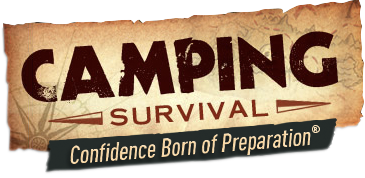There are times when a little mindfulness can bring us back to the point of acting the way we want in a situation. The great thing about mindfulness as a therapeutic practice is that you do not have to buy anything or read about it in books to learn the proper technique. You just grab what is handy and do it.
Mindfulness is defined as the quality of being conscious or aware of something. It’s a mental state achieved by focusing one’s awareness on the present moment, while calmly acknowledging and accepting one’s feelings, thoughts, and bodily sensations.
So, how can you use mindfulness in your day to day? Easy. If you get anxiety in car rides or rush hour traffic, you take a moment (where it is safe to do so) and touch something right next to you. Some people take objects with them they can use to focus on. The steering wheel is a great focus object. You already have a hold of it, so you can focus in on it intently. Look at all the bumps, feel them, and try to find more. Getting your mind off your anxiety even for a moment can shift your perspective enough to get through whatever it is that you are dealing with. Just make sure you pay attention to driving—we do not recommend you practice this at any point other than when your car is stopped.
Mindfulness is a practice that works in just about every conceivable situation where you encounter stress. Say you have a job interview and you are overly anxious about it. Grab an item out of your purse or pocket and look at it. Study that object for a couple of minutes, looking at all the groves on it. What does it say? What does that mean?
It will take a minute to find out what works for you, but some people need the item to touch (called sensory brushes) to bring them back from high states of anxiety. Finding out what works for you is key to mindfulness, and the best part is, nobody ever needs to know you even do it.

Finding what works for you is essential, so you will need to go through the five senses:
- Touch – Grab a soft blanket, napkin, or even just the bottom of your shirt. Does that calm you at all?
- Taste – Using something like a Skittle is great because of the vibrant color, but also because of the flavor. Take your time eating it, hear yourself biting into it, feel the sweet or sour flavor of it. Make sure you take your time eating it so you can sense all the flavors and textures.
- Smell – People who use mindfulness will carry a small jar of some type of aromatherapy. You can find them inexpensively at any store. Peppermint is a great one, because of the bold smell. Put a drop in your hand and smell it. Close your eyes and really take all the aroma from it. Feel the oil on your hand and rub it around a bit. Some even say you will then associate this smell with calmness and will only need the quick smell of it to bring down your anxiety.
- Listen – If you cannot touch, taste, or smell anything that takes your attention off what you are doing, then focus in on a sound. Listen to the fan running in the background. Does it change speeds or make different sounds when someone walks by? Take a couple of minutes to really listen to it.
- Vision – What can you see from where you are? Focus intently on one item and really look at the composition of it. Does it have cracks or grooves? Which way do they go? Do they end? Focusing in on what you see can make you feel more grounded and ready to face the task at hand.
Once you have tried these techniques, identify the ones that calm you most. Of course, most of it will depend on where you are when you need mindfulness, but you can use your favored technique virtually anywhere.
Do not be surprised if it takes all five senses to calm you sometimes, or if opposite is true. There will be moments where just one sense will work and you can go back to doing what it was you needed to get done.
How long you engage in mindfulness is completely up to you. Take five minutes to eat that Skittle or follow the lines of your couch. Whatever you need to get grounded again is the best answer. Bringing yourself into focus again it is the key.


0 comments